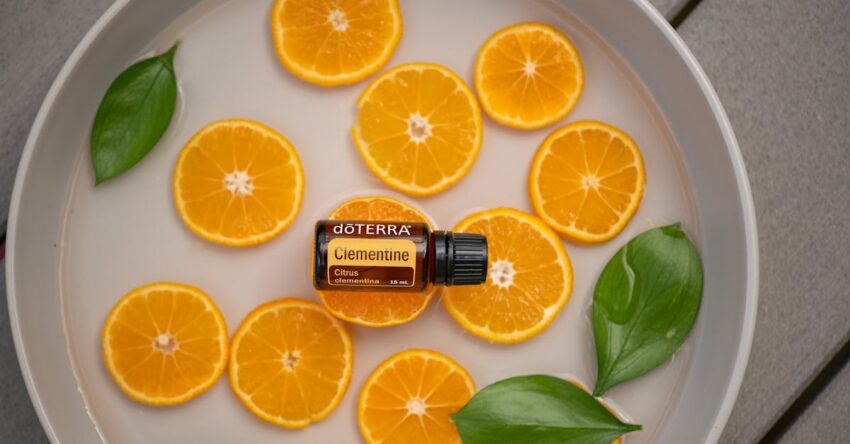Have you ever wondered why some DIY water features thrive while others don’t? You might dream of a tranquil oasis in your backyard, only to end up with a muddy mess. It’s frustrating when your hard work doesn’t pay off the way you envisioned. Understanding where things often go wrong with garden water fountains or eco-friendly landscaping can make all the difference. Therefore, knowing the common pitfalls and how to steer clear of them is key to creating your serene space.
Thinking of adding a solar-powered water pump or perhaps a rock water fountain to your space? It’s not just about picking the right materials—consideration for water systems and natural filtration is crucial. You might be planning a backyard pond or a simple bird bath, but without the right guidance, you could face challenges that undermine your efforts. Discovering ways to ensure your water feature is sustainable, bird-friendly, and an aesthetic triumph will save you time and resources.
Ready to dive into the secrets behind successful water features? Learn how to avoid common mistakes and create the backyard paradise you’ve always wanted. Explore practical tips and ideas that will transform your space into a stunning retreat. Keep reading to uncover the keys to success!

Photo provided by doTERRA International, LLC on Pexels
Inside the article
Common Issues with DIY Water Features
Poor Design Planning
One of the biggest problems with DIY water features is the lack of clear vision and planning. You might feel excited to get started, but without a solid plan, things can go wrong fast. Have you thought about the size, shape, and location? By just diving in, you might end up with a feature that doesn’t fit your space or your needs.
Improper Material Selection
Choosing the wrong materials can lead to garden water fountains failing sooner than you expect. You might pick materials that are cheap, but they may not hold up over time. Unsuitable materials might leak or degrade, leaving you with a mess instead of a beautiful feature. Think about how weather and time will affect your materials before you buy them.
Insufficient Water Pump Power
A common mistake is underestimating how much power your water pump needs. If your pump is too weak, the water won’t flow properly, and your feature won’t function well. This can leave you with stagnant water, which is not what you want. Always check the pump specifications to ensure it fits your design.

Photo provided by cottonbro studio on Pexels
Smart Solutions to Avoid Failures
Thorough Design Preparation
Proper planning is key to ensuring your DIY water features succeed. You should plan for sustainable water features to thrive. This means considering not just how your feature looks today but how it will perform over time. Think about the space you have and any challenges it might present, such as sunlight or access to water.
Opt for Quality Materials
To avoid issues, make sure you use durable, eco-friendly materials. These are better for the environment and will last longer. High-quality materials may cost more upfront, but they save you money and hassle in the long run. Look for materials specifically designed for outdoor use.
Correct Water Pump Sizing
When choosing your pump, pick one that can handle the amount of water in your feature. Consider using solar water pumps to save on electricity and keep things simple. Solar pumps are a great choice as they’re energy-efficient and sustainable. They harness the power of the sun to keep your water flowing beautifully.

Photo provided by cottonbro studio on Pexels
Incorporating DIY Water Feature Ideas
Garden Water Fountains
If you wish to build a simple yet elegant DIY backyard pond, start small. You can create a centerpiece that stands out without being overwhelming. Garden water fountains are a fantastic way to add a touch of tranquility and elegance to your space.
Embrace Natural Water Filtration
Another tip is to integrate eco-friendly landscaping features for aesthetics. Natural water filtration can keep your feature clean and healthy. By using rocks and plants that filter water naturally, your feature will require less maintenance and stay cleaner.
Stay Updated on Trends
Lastly, follow garden design trends for fresh ideas. Trends can give you new perspectives and help you keep your space exciting. By staying updated, you not only enhance your garden’s beauty but also ensure your water features are modern and functional.
Wrapping Up Your Water Feature Journey
Creating your own water feature can be a rewarding endeavor. You gain the satisfaction of seeing your vision come to life while enhancing your outdoor space’s beauty. Plus, by understanding potential pitfalls, you can achieve a more sustainable and eco-friendly setup. Remember, a well-crafted feature not only looks stunning but also supports local wildlife like birds and beneficial insects.
To get started, take a moment to plan your project. Sketch out your design and make a list of materials needed. Visit local garden nurseries to explore options, like pond plants or solar powered water pumps, which are often more eco-friendly. Don’t forget to consider the maintenance needs of your chosen design to ensure it remains a vibrant part of your garden.
Ready to transform your outdoor space? Dive into your project today and create a beautiful, soothing retreat right in your backyard. Share your progress with friends or neighbors, and inspire others to embrace the joys of building a personal oasis. Let’s bring your garden dreams to life!
